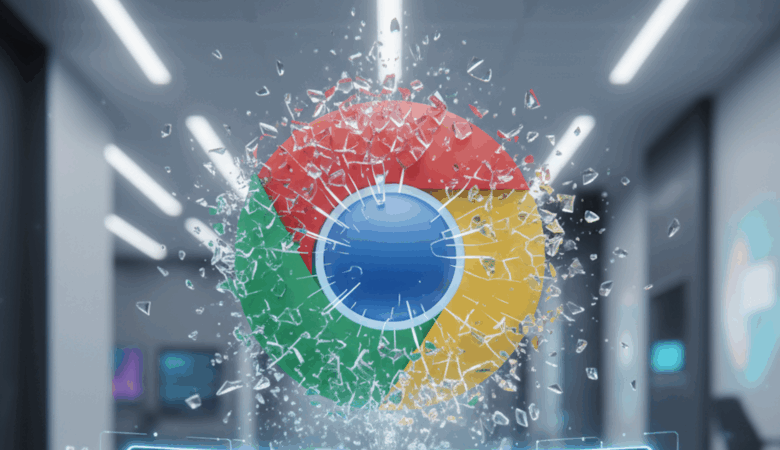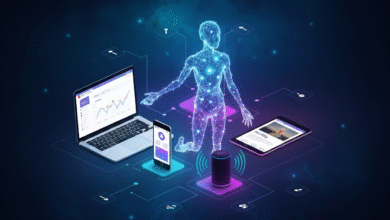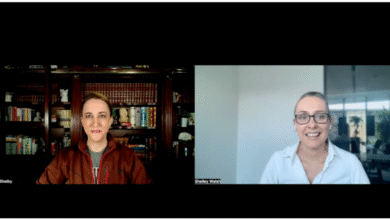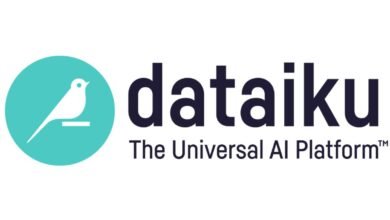AI Browsers: The Future of Marketing is Here

▼ Summary
– Perplexity and OpenAI are both developing AI-powered web browsers, with Perplexity’s Comet already in beta and OpenAI’s browser reported to be in the works.
– These new browsers aim to challenge Google’s search dominance by offering personalized, context-aware, and conversational search experiences through agentic AI.
– Both browsers are designed to keep users within a closed ecosystem, potentially collapsing the traditional buyer’s journey and reducing traffic to external websites.
– Google faces increased competition due to federal rulings requiring it to end exclusive search deals and share data, though adoption of new browsers depends on quality and cost factors.
– Brands must develop proactive strategies to maintain visibility in AI browsers by auditing their presence, shaping narratives, and continuously updating content to stay relevant.
The digital marketing landscape is shifting as AI-powered browsers from Perplexity and OpenAI begin to reshape how users discover and interact with information online. These platforms promise a more intuitive, conversational approach to search, moving beyond traditional keyword-based queries toward dynamic, context-aware interactions. For marketers, this evolution represents both a challenge and an opportunity to rethink engagement in an increasingly agent-driven digital environment.
Perplexity led the charge with its Comet browser, currently in beta testing for premium subscribers. Not long after, OpenAI confirmed it too is developing a browser product. Both platforms emphasize personalization and AI-driven assistance, using advanced language models to interpret intent and deliver direct answers rather than lists of links. This marks a significant departure from the search engine model that has dominated for decades.
A key feature of these new browsers is their use of AI agents, virtual assistants that help users navigate, research, and even complete tasks through natural language commands. Perplexity’s Comet Assistant and OpenAI’s anticipated Operator aim to streamline the entire user journey, from initial curiosity to final purchase, all within a single environment. This closed-loop approach could dramatically reduce the number of touchpoints brands traditionally rely on to attract and convert customers.
The question on many industry watchers’ minds is whether these newcomers can truly compete with Google. While the search giant’s market position remains formidable, recent legal rulings have begun to loosen its grip. Courts have ordered Google to end exclusive distribution agreements and share certain data with competitors, a move that could level the playing field. Still, widespread adoption of alternative browsers will depend heavily on the quality, speed, and accuracy of their responses, especially if they operate behind paywalls.
For brands, the implications are profound. Traditional search drives traffic to websites, but AI browsers are designed to keep users within their own ecosystems. When answers are provided directly in conversation, there’s less incentive to click through to external sites. This could lead to a significant drop in organic traffic and visibility for businesses that aren’t proactively optimizing for these new platforms.
Marketers must adapt quickly to stay relevant. It’s essential to understand how AI systems gather and present information, and to ensure your brand’s narrative is accurately and favorably represented. Conducting regular audits of how your brand appears across both traditional and AI-powered platforms can help identify gaps or misrepresentations. Prioritize the channels where your audience is most active, and tailor content to align with the conversational and intent-based nature of AI search.
Success in this new era will require ongoing effort and agility. As AI technology continues to evolve, so too must marketing strategies. By staying informed, iterating content, and building trust with both algorithms and audiences, brands can not only survive but thrive as the next chapter of digital discovery unfolds.
(Source: MarTech)





